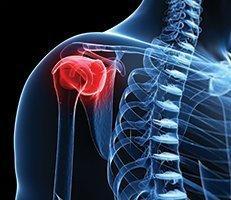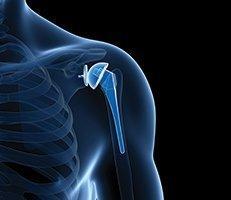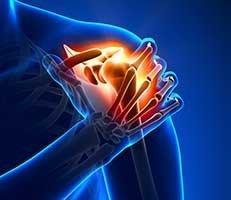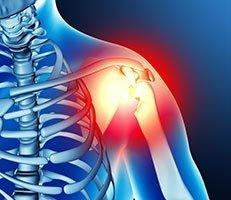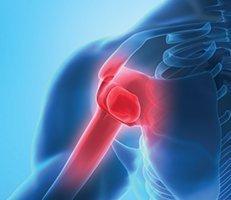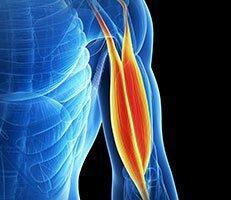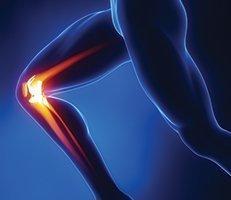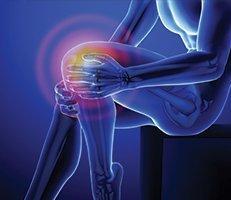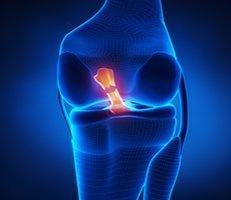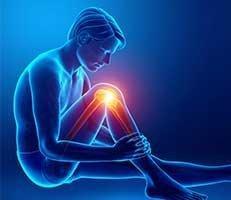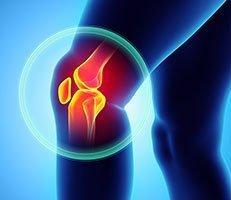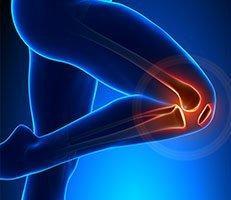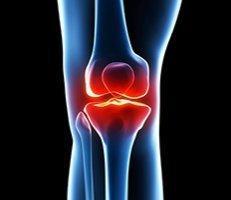Nicknamed “jumper’s knee,” patellar tendonitis occurs when the tendon and tissues that surround the patella (kneecap) become inflamed and irritated. Inflammation and irritation occurs typically from overuse like jumping; hence, “jumper’s knee.”
Developing Patellar Tendonitis
Patellar tendonitis is very common among adolescents ages 10 to 16. It is also usually seen in people who participate in sports that require a lot of jumping, such as basketball, volleyball, soccer and even running. Some patients also develop patellar tendonitis because they had a prior injury to the tendon and did not allow enough time for it to heal properly.
Diagnosing Patellar Tendonitis Syndrome
Pain and inflammation over the patellar tendon (kneecap) are symptoms of patellar tendonitis. Activities such as kneeling or jumping can be painful. Patellar tendonitis is often classified into 4 stages:
- Pain only after activity – can continue exercise without functional impairment.
- Pain during and after activity – can continue exercise with minimal impairment.
- Prolonged pain during and after activity – becomes difficult to perform exercise
- Complete tendon tear – stop all exercise.
If you or your child is experiencing patellar tendonitis, come see Dr. Millstein and learn how you can eliminate your knee pain.

